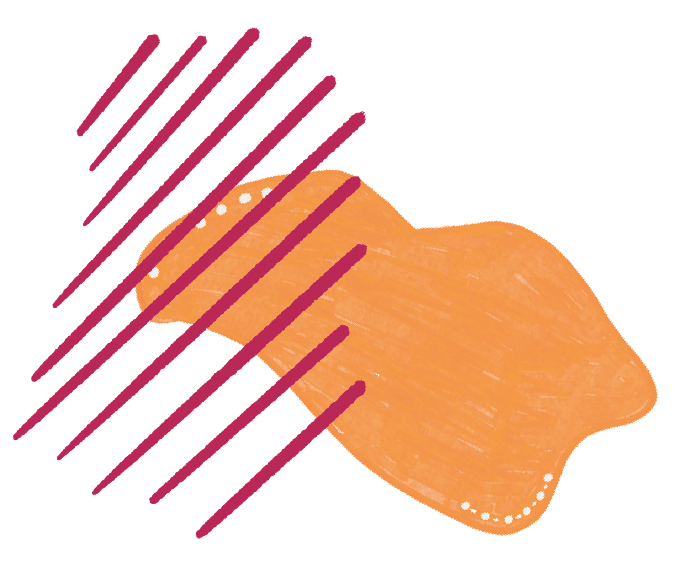Communication is key. That’s a solid rule most of us know is a good idea. That being said, in the hustle and bustle of a big translation project it can be easy to let good communication habits slip. But when clients, project managers, and linguistic teams all need to stay on the same page, it is especially important to facilitate organized and effective communication between the translators and the client. This is where “query sheets” come in.
When working on a project with multiple collaborators, you may come across a query sheet. Essentially, a query sheet is a centralized place where those working on complex projects can organize questions and comments from all parties involved in the project.
Multiple people can collaborate in a query sheet, which can make it easy to get disorganized. Here are a few tips for managing queries efficiently and effectively:
1. Keep it Digital

Choosing to use a virtual tool that multiple users can access from anywhere at any time, that makes global updates (aka there is one draft that updates whenever anyone makes a change) is a super important element needed to make sure a query sheet stays up to date and functioning. Google Sheets is a good example of a digital tool you can utilize to build a query sheet. Because it’s saved in the “cloud” you don’t have to worry about a computer crashing and losing work or someone accidentally deleting the document off their computer. With web-based spreadsheets like Google Sheets, you can see changes to the spreadsheet automatically happening in real-time. Keeping things digital is also a great way to avoid the hassle of saving, downloading, and emailing documents again and again every time an update is made.
2. Encourage Collaboration

One of the main benefits of a query sheet is how collaborative they are. If you’re working on projects with multiple linguists across several languages, it is important that everyone is able to read all notes and take any questions or answers shared with the group into account. A high level of collaboration can not only help provide clarity, but can streamline operations. If a translator sees a question has already been asked and answered in the query sheet, they won’t need to ask the same question again. Make it clear that you want everyone on your team to utilize this resource and to create a collaborative dialogue about the project.
If the scope of the project involves translators speaking multiple languages, it can be wise to avoid creating different sheets for different languages as tempting as that may be. Doing so will lessen the collaborative approach that makes a query sheet so valuable.
3. Question Carefully

When using a query sheet, it’s important to keep in mind the intention of the document, which is to ask questions. Each query included in the document should be structured in a clear and concise way. That way, clients or other teammates can easily answer these questions in a productive fashion. Adding notes like “this sentence isn’t translatable” doesn’t pose a solvable question or present a possible solution. It would be better to say, “this sentence isn’t translatable in the target language for x reason, can we transcreate and say y instead?”. It’s okay if the question posed only needs a yes or no answer, simplicity can get the job done.
It’s also helpful to think carefully before adding a question to the query sheet. While we would like to say there is no such thing as a stupid question, there are questions that will be a burden to a queery sheet and not a productive addition.
Before asking a question, consider the following solutions:
- Did I research this issue thoroughly?
- Does the client’s style guide provide an answer?
- Is the answer in the project instructions?
It’s always better to ask a client a question if you’re unsure of their answer before playing the guessing game. But if you can find the answer on your own first, that’s even better.









